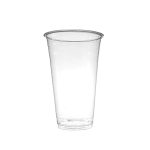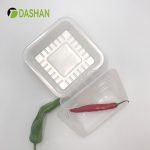Quick Summary
The PLA Cup is redefining sustainable beverage packaging with its transparency, safety, and compostable performance. Unlike traditional plastics, it is made from renewable resources such as corn starch and sugarcane, making it the ideal choice for eco-conscious businesses. Xiamen Dashan® offers high-quality solutions including the compostable Cup, Biodegradable Cup, Cold Drinking Cup, and Biodegradable PLA Cup With Lid, all designed to meet the needs of cafés, restaurants, and global foodservice brands. Combining durability with environmental responsibility, the PLA Cup is shaping the future of packaging worldwide.
Introduction: Why the PLA Cup Is Leading the Sustainability Shift
Plastic pollution is one of the most pressing challenges of our time. Every year, millions of tons of single-use plastics are produced, with only a fraction being recycled. In response, governments, industry leaders, and innovative manufacturers have been seeking sustainable alternatives. Among these, the PLA Cup—a compostable, plant-based solution—has emerged as a game-changer for cold beverages, takeaway packaging, and eco-conscious consumers.
Unlike conventional plastics made from fossil fuels, PLA (Polylactic Acid) is derived from renewable resources such as corn starch and sugarcane. This bio-based material offers excellent clarity, rigidity, and food safety while being industrially compostable. For businesses looking to reduce their environmental footprint without compromising on performance, the PLA Cup with matching lids provides the ideal balance between sustainability and practicality.
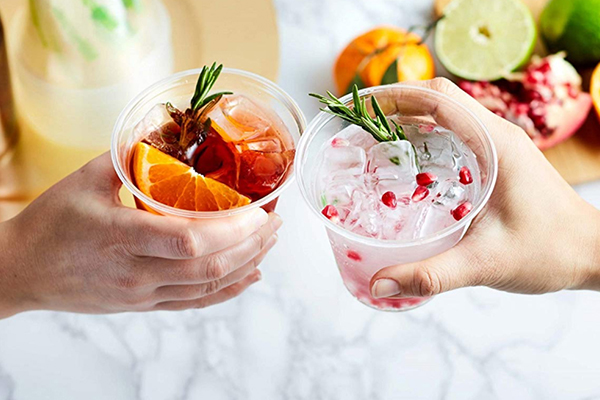
Scientific Advances Driving PLA Cup Innovation
The rapid progress in biopolymer research has significantly improved the performance of compostable Cup products, especially those made from PLA. Several recent patent developments underscore how PLA technology is evolving to meet real-world demands:
-
Enhanced Mechanical Properties and Low-Odor PLA Blends
In June 2025, researchers developed a patented method combining PLA with other biodegradable polyesters to balance strength and odor control. This breakthrough makes Biodegradable Cups more suitable for sensitive applications such as food packaging and medical devices. -
Improved Durability Against Heat and Moisture
Another PLA-based composite patent filed in July 2025 demonstrated that adding talc powder and biodegradable copolymers significantly improves resistance to heat and humidity. This advancement ensures PLA Cups remain sturdy even in environments where moisture and temperature fluctuations are common. -
Green Catalysts for Lactic Acid Polymerization
Wanhua Chemical introduced a novel catalyst technology that reduces by-products and lowers purification energy during PLA production. This innovation means that future Biodegradable PLA Cup With Lid products can be produced more efficiently, with fewer impurities, and at a lower environmental cost. -
PLA Fiber Applications Beyond Packaging
Breakthroughs in PLA fiber technology have also strengthened the case for PLA as a versatile biopolymer. By blending PLA with bamboo pulp viscose, researchers achieved antimicrobial properties and breathability. While this directly benefits textiles, it also signals that Cold Drinking Cups made from PLA could integrate additional functionality in the future, such as antibacterial performance.
Together, these scientific advances strengthen the market readiness of PLA Cups, making them more competitive against conventional PET and PP products.
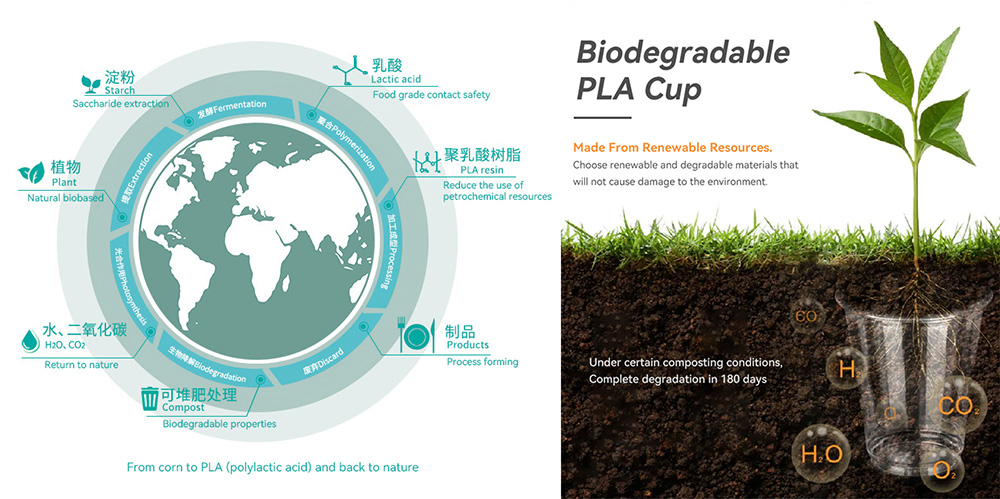
Product Features: Why Choose a PLA Cup?
Xiamen Dashan® has harnessed these innovations to design and manufacture a comprehensive range of PLA Cups and matching lids that serve modern foodservice and retail needs.
1. Crystal-Clear Transparency
PLA Cups maintain the same clarity as PET, ensuring beverages such as iced coffee, smoothies, and bubble tea look visually appealing. For cafés and cold-drink shops, presentation is everything, and a Cold Drinking Cup that highlights freshness is a strong selling point.
2. Leak-Proof Lids
Every PLA Cup With PLA Lid in Dashan’s product line features tight-seal technology. This ensures beverages can be transported without spills, making them ideal for delivery services and takeaway packaging.
3. Compostability
Unlike traditional plastics, a compostable Cup made from PLA can break down in industrial composting facilities, turning into CO₂, water, and biomass. This end-of-life solution directly addresses the growing concerns of single-use packaging waste.
4. Food-Safe and Non-Toxic
PLA is certified safe for food contact, free from harmful additives like BPA. Consumers increasingly demand healthier packaging, making Biodegradable Cups the preferred choice for premium beverage brands.
5. Customization and Branding
Xiamen Dashan® offers customizable printing, embossing, and sizing options. Businesses can showcase their logo, seasonal artwork, or eco-friendly messages on a Biodegradable PLA Cup With Lid, enhancing brand identity while signaling environmental responsibility.

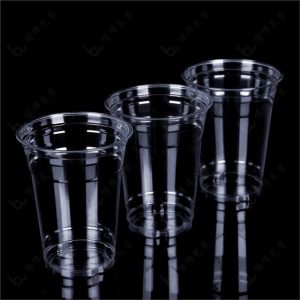
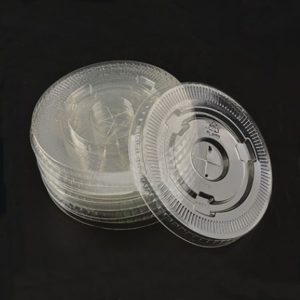
Applications of PLA Cups
PLA Cups are versatile and widely used across various industries.
-
Cafés and Coffee Chains
For iced lattes, frappes, and cold brew, the Cold Drinking Cup ensures durability and transparency. Starbucks and independent coffeehouses alike are shifting toward compostable Cups as part of their sustainability pledges. -
Bubble Tea & Smoothie Shops
With rising demand for specialty drinks in Asia, Europe, and North America, a durable yet eco-friendly Biodegradable PLA Cup With Lid provides the perfect solution for sealing tapioca pearls, fruit chunks, and ice. -
Fast-Food and Quick-Service Restaurants (QSRs)
Global chains increasingly adopt Biodegradable Cups as part of commitments to eliminate non-recyclable plastics by 2030. -
Event Catering and Festivals
Disposable cups are widely used in concerts and public events. Offering a compostable Cup option significantly reduces the carbon footprint of these gatherings. -
Retail Ready-to-Drink (RTD) Beverages
Bottled juices and functional drinks packaged in a PLA Cup communicate a sustainability-first branding message to eco-conscious buyers.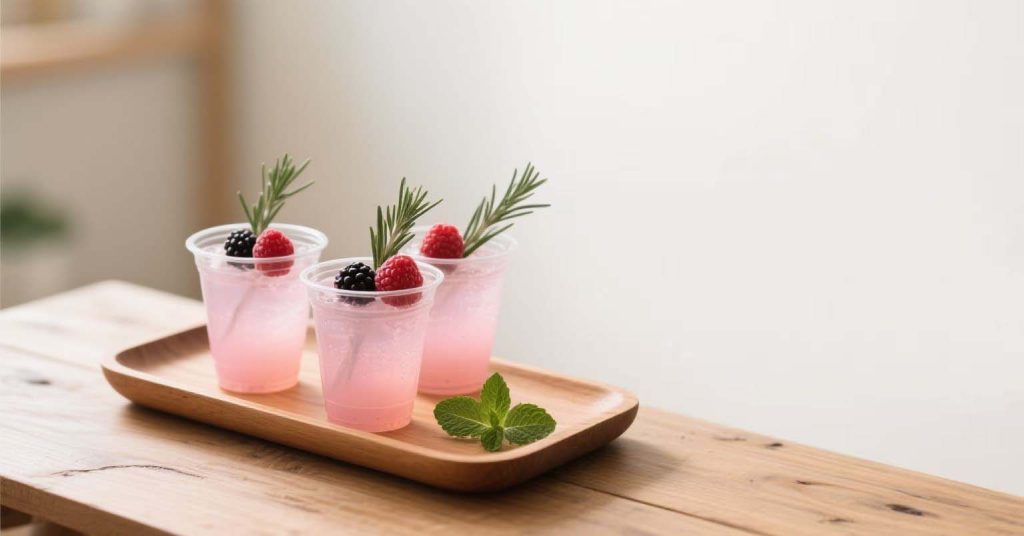
PLA Cup vs. Traditional Plastic Cups
| Feature | PLA Cup (Compostable) | PET/PP Cup (Conventional) |
|---|---|---|
| Raw Material | Renewable (corn, sugarcane) | Fossil-fuel derived |
| End-of-Life | Industrial composting | Landfill/incineration |
| Transparency | Excellent (clear) | Excellent (clear) |
| Heat Resistance | Moderate | High (for PP) |
| Consumer Perception | Eco-friendly, premium choice | Increasingly negative (plastic ban) |
The comparison highlights why the PLA Cup is becoming the standard choice for sustainable packaging, particularly where Cold Drinking Cups dominate the market.
Global Regulations Supporting PLA Cup Adoption
International policies strongly support biodegradable packaging adoption:
-
European Union – The Single-Use Plastics Directive encourages the use of compostable packaging. Updates expected in 2028 may include stronger support for PLA-based products.
-
United States – The U.S. Composting Council promotes compostable Cups as key to managing organic waste streams.
-
Asia-Pacific – Countries like South Korea and Japan are advancing PLA adoption in foodservice industries to meet their carbon neutrality goals.
This policy alignment strengthens the global market opportunity for Biodegradable PLA Cup With Lid solutions.
Sustainability Benefits of PLA Cups
-
Reduced Carbon Footprint – PLA production emits fewer greenhouse gases than petroleum plastics.
-
Circular Economy Fit – Compostable packaging contributes to waste-to-resource systems.
-
Consumer Engagement – Businesses using Biodegradable Cups can highlight eco-responsibility in marketing campaigns.
-
Future-Ready – As regulations tighten, switching to PLA Cups ensures compliance and long-term brand sustainability.
FAQs about PLA Cups
Q1: Are PLA Cups suitable for hot beverages?
PLA is best for cold drinks. For hot drinks, paper cups with PLA lining or other biopolymers are recommended.
Q2: How long does it take for a compostable PLA Cup to decompose?
In industrial composting facilities, a compostable Cup typically breaks down within 90–180 days.
Q3: Can PLA Cups be recycled?
PLA has its own recycling stream but is primarily designed for composting. Many businesses combine recycling with composting strategies.
Q4: Are Biodegradable PLA Cups cost-competitive?
Yes. As PLA production scales and fossil fuel costs fluctuate, the price gap between Biodegradable Cups and traditional plastics is narrowing.
Q5: Why choose Xiamen Dashan® PLA Cups?
Because Dashan offers global export expertise, customization options, and reliable quality control—ensuring that every PLA Cup With PLA Lid meets international standards for safety and sustainability.
Conclusion: PLA Cup as the Core of Sustainable Beverage Packaging
The PLA Cup has moved beyond being a niche alternative to plastic—it is now a mainstream solution embraced by foodservice, retail, and consumers worldwide. Thanks to advances in materials science, supportive global regulations, and the commitment of manufacturers like Xiamen Dashan®, compostable packaging is transforming the industry.
By choosing a PLA Cup With PLA Lid, businesses not only reduce their environmental footprint but also demonstrate leadership in sustainability. Whether it is a compostable Cup for cafés, a Biodegradable Cup for fast-food chains, or a Cold Drinking Cup for smoothie shops, PLA solutions offer performance without compromise.
The message is clear: the future of beverage packaging is biodegradable, compostable, and renewable. The future is the PLA Cup.
References
-
European Bioplastics. (2024). Bioplastics Market Data 2024. Retrieved from https://www.european-bioplastics.org
-
United States Composting Council. (2023). Compostable Packaging in Organics Recycling. Retrieved from https://www.compostingcouncil.org
-
Ellen MacArthur Foundation. (2022). The New Plastics Economy: Catalysing Action. Retrieved from https://ellenmacarthurfoundation.org
-
NatureWorks LLC. (2023). Introduction to PLA Biopolymer: Properties and Applications. Retrieved from https://www.natureworksllc.com
-
ASTM International. (2022). ASTM D6400 – Standard Specification for Compostable Plastics. Retrieved from https://www.astm.org
-
European Commission. (2021). Directive (EU) 2019/904 on the reduction of the impact of certain plastic products on the environment. Retrieved from https://ec.europa.eu
-
Grand View Research. (2024). Biodegradable Plastics Market Size, Share & Trends Analysis Report. Retrieved from https://www.grandviewresearch.com
-
Plastics Europe. (2023). Plastics – the Facts 2023: An Analysis of European Plastics Production, Demand and Waste Data. Retrieved from https://plasticseurope.org
-
Tiseo, I. (2023). Global demand for biodegradable plastics 2020–2030. Statista. Retrieved from https://www.statista.com
-
Sustainable Packaging Coalition. (2022). The Role of Compostable Packaging in a Circular Economy. Retrieved from https://sustainablepackaging.org

